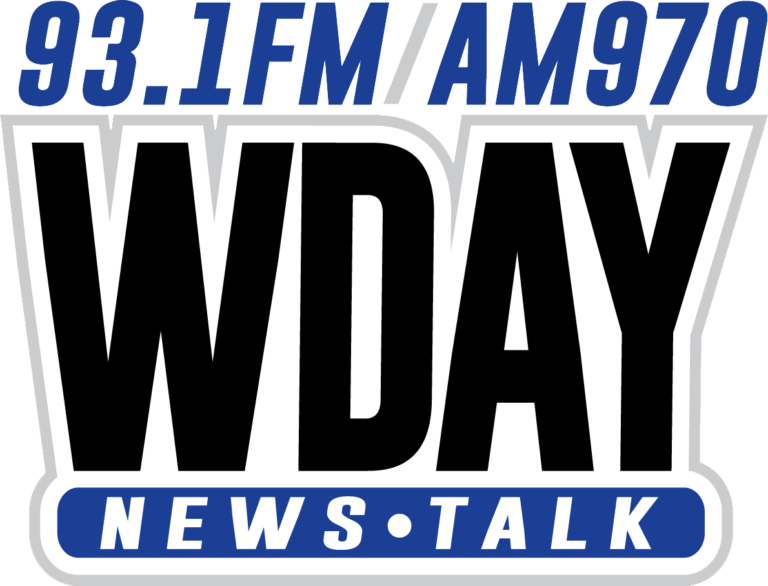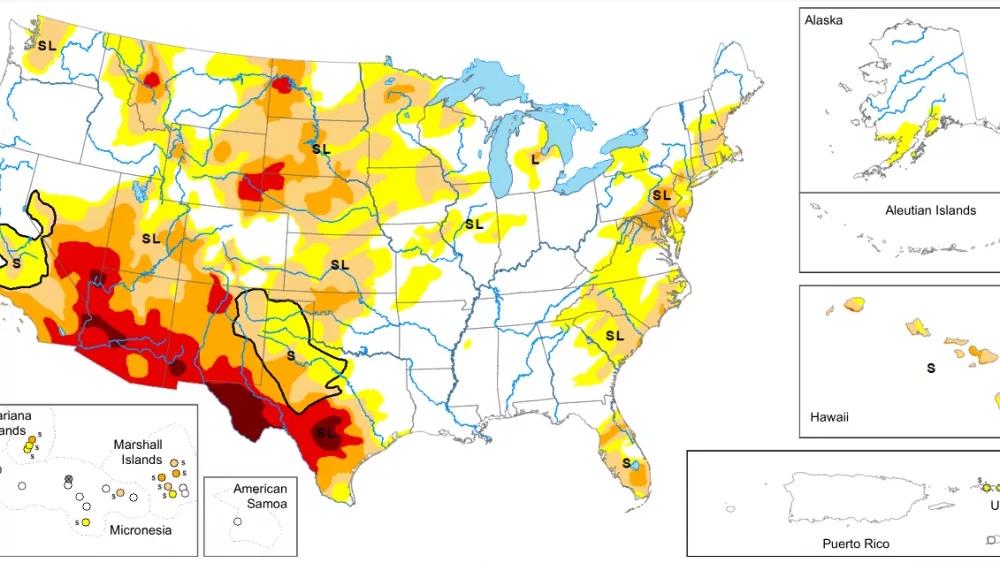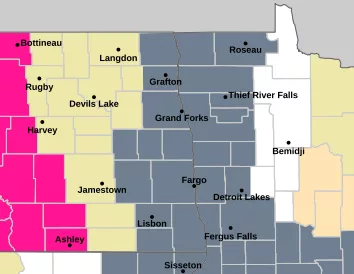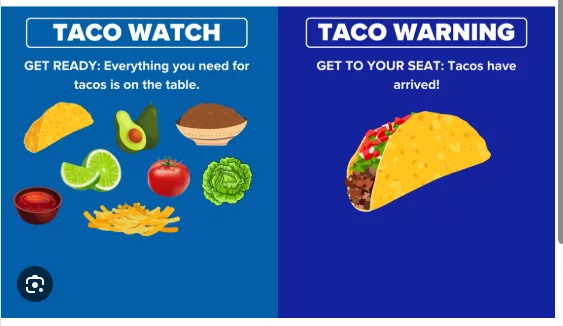Friday night through Sunday morning will bring the best chances for seeing the northern lights with the potential for one the best displays in nearly 20 years. NOAA has issued a level 4 or Severe Geomagnetic Storm Watch. It is the first time for a G4 storm watch in almost 20 years, last seen in 2005. A G4 is the second strongest rating for geomagnetic storms. The last G5 (extreme) storm was in October of 2003.
Geomagnetic storms trigger or set off auroras at the poles as energized particles from the sun interact with the Earth’s magnetic field and atmosphere. Geomagnetic storms can also impact infrastructure in near-Earth orbit and on Earth’s surface, potentially disrupting communications, the electric power grid, navigation, radio and satellite operations
Two massive sunspots have recently merged and spit out at least two X-class (largest) and several M-class (second-largest) solar flares or coronal mass ejections (CME). At least five CMEs appear directed toward Earth and could arrive as early as midday on Friday and persist through Sunday.
When is the best time to view the aurora?
It’s tough to tell at what time a CME is going to hit the Earth. We’re talking about predicting something that’s 93 million miles away. I’ve been told before it is like telling your friend who lives in New York what time you will show up at this house based on how fast you back out of your driveway in Los Angeles CA. Now some satellites orbit the Earth roughly 1 million miles away that detect these waves of energy and the intensity of said waves. That will be our warning that it is about to happen. Many apps will have a notification that aurora activity may be intensifying or likely in your area. My favorite one is Aurora. It has several notifications and alerts that can be set to notify you it’s time! You could also visit these websites to help (Space Weather Prediction Center) (SWPC Aurora Dashboard).
Generally, once it gets dark you will have an opportunity to see the aurora. After 10:00 pm is usually a good time, and between 12:00 am to 4:00 am is a good window. It is estimated that the peak of this event will be between 1:00 and 4:00 am Saturday, but really anytime before and after is expected to have elevated activity. However, aurora are not constant and may form, dissipate, and reappear later. They can be sporadic and also hard to predict exactly when they will be within your sight.
Make sure you get outside of any city/town light bubble or light-polluted areas. Look to the north and be patient in times of darkness. Use a red light to see where you are walking or looking for inside of a car. The red light will strain your eyes the least and allow your pupils to remain dilated to absorb as much light as possible.
Here is the expected cloud cover at 10:00 pm Friday, 1:00 am Saturday, and 4:00 am Saturday.

-1715359766.png)
-1715359766.png)
Meteorologist,
justinstorm




